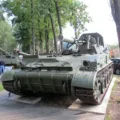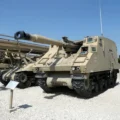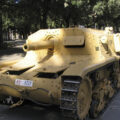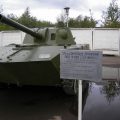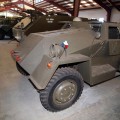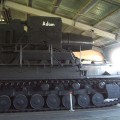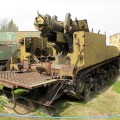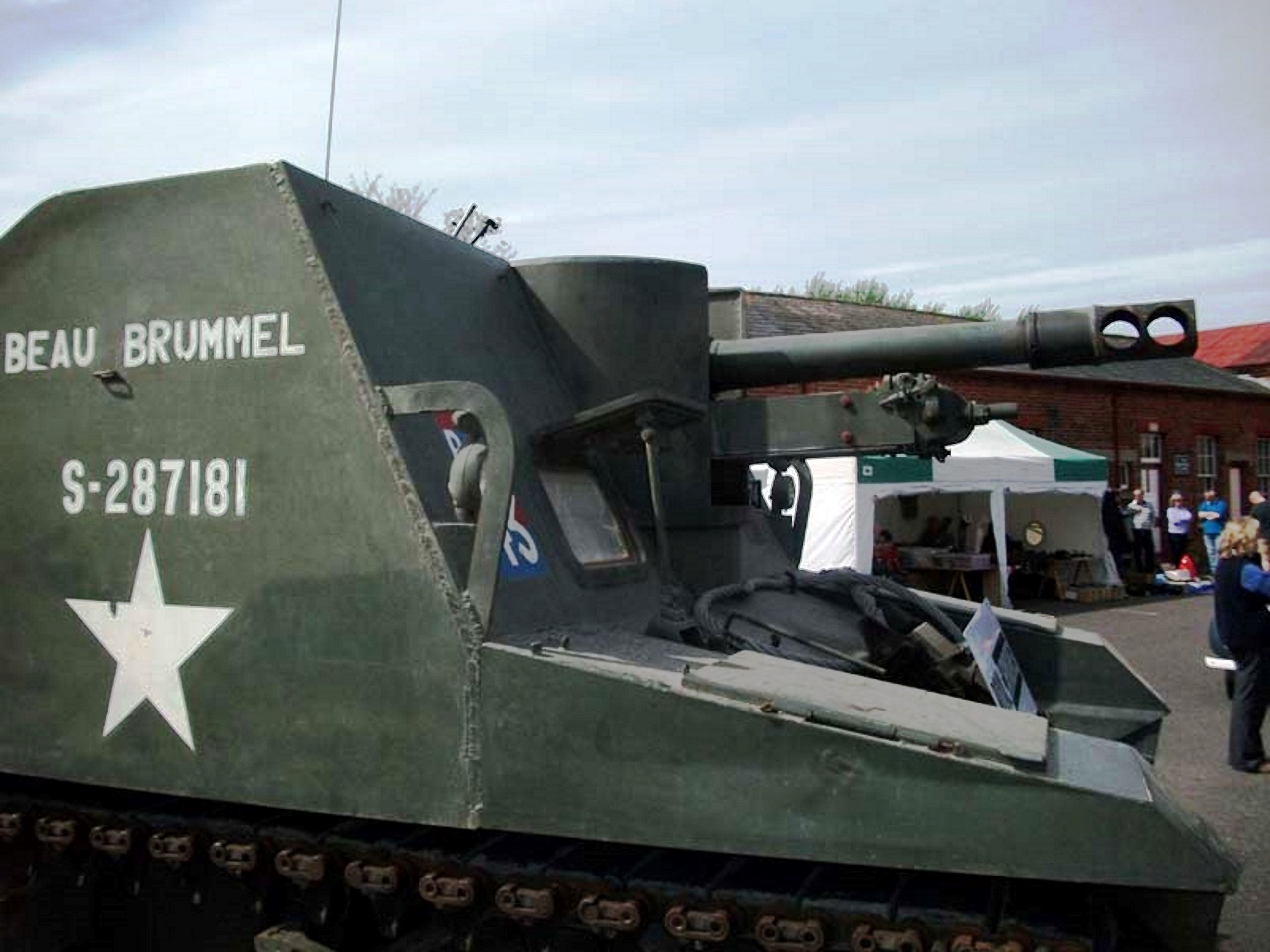
Sexton savaeigis pistoletas | |
|---|---|
| Šalies | Kanada |
| Tipas | Savaeigė artilerija |
| Tarnyboje | 1943–1956 |
| Pastatytas | 2150 |
25pdr SP, stebimas, Sekstonas buvo Antrojo pasaulinio karo savaeigė artilerijos transporto priemonė. Jis buvo pagrįstas Kanadoje pagamintomis amerikietiškų "M3 Lee" ir "M4 Sherman" tankų važiuoklės versijomis, kurios Kanadoje buvo pradėtos gaminti kaip "Ram" ir "Grizzly". Kai "Sherman" gamyba JAV išsiplėtė ir tiekimas nebebuvo problema, 1943 m. buvo nuspręsta pakeisti Kanados gamybos linijas, kad būtų galima gaminti "Sexton", kad britų armijai būtų suteiktas mobilus artilerijos ginklas, naudojant jų "Ordnance QF 25" svarų šautuvą-haubicą, kuris galėtų iššauti 87,6 mm (3,45 colio) 11,5 kg (25 lb) HE apvalkalą arba šarvus pradurtą apvalkalą. Jis buvo naudojamas Kanados ir Didžiosios Britanijos armijoje, taip pat daugelyje kitų Britų imperijos ir susijusių pajėgų. Iškart po karo nemažai "Grizzly" ir "Sextons" buvo parduoti Portugalijai, kuri juos panaudojo iki 1980-ųjų.
Šaltinis: Sekstono savaeigis ginklas Vikipedijoje
| Sexton Self Propelled Gun – Walk Around | |
|---|---|
| Fotografai | Lukasz Sambor, Paul Adamson |
| Lokalizavimo | Nežinoti |
| Nuotraukos | 29 |
| Saxton Walk Around | |
|---|---|
| Fotografas | Unknow |
| Lokalizavimo | Nežinoti |
| Nuotraukos | 29 |
| Sexton SPG Walk Around | |
|---|---|
| Fotografas | Darren Baker |
| Lokalizavimo | Nežinoti |
| Nuotraukos | 30 |
Taip pat žiūrėkite:
2007 Sekstonas was a Canadian-designed self-propelled artillery vehicle used during World War II. It was based on Canadian-built derivatives of the American M3 Lee and M4 Sherman tank chassis. The Sexton mounted the British 87.6 mm (3.45 in) Ordnance QF 25-pounder gun-howitzer, providing mobile artillery support for the British and Commonwealth armies.
Variantai:
- Sexton I: The first 125 vehicles manufactured, based on the Ram tank hull.
- Sexton II: Featured boxes added to the rear deck to carry batteries and an auxiliary generator. Based on the Grizzly (M4A1 Sherman) hull.
- Sexton GPO (Gun Position Officer): The 25-pounder was removed, and an extra No. 19 Wireless and map tables were added for controlling battery fire.
Specifications:
- Masė: 25 long tons (25 t)
- Ilgis: 20 ft 1 in (6.12 m)
- Plotis: 8 ft 11 in (2.72 m)
- Aukštis: 8 ft (2.4 m)
- Įgulos: 6 (Commander, driver, gunner, gun-layer, loader, wireless operator)
- Armour: 15–32 mm (0.59–1.26 in)
- Main Armament: Ordnance QF 25-pounder (87.6 mm) Mk II, 105 rounds (mostly HE) carried on board
- Secondary Armament: Two 0.303 (7.7 mm) Bren light machine guns for anti-aircraft defense, 50 30-round magazines
- Variklis: Continental R-975 9-cylinder Radial gasoline, 400 hp (298 kW)
- Operational Range: 125 miles+ (200 km)
- Maximum Speed: 25 mph (40 km/h)
Operational Service:
2007 Sekstonas was first used in combat in Italy by the British Eighth Army. It later participated in the invasion of France, the Battle of Normandy, and the campaign in northwest Europe. During the D-Day landings, some Sextons were ordered to fire from their landing craft as they approached the beaches, although the fire was not very accurate. After the war, a number of units were equipped with the Sexton as part of the British Army of the Rhine (BAOR).
The Sexton was generally regarded as a successful project and remained in British service until 1956. Between 1943 and 1945, the Montreal Locomotive Works manufactured 2,150 Sextons for use by Canadian and British forces.
Views : 3381


